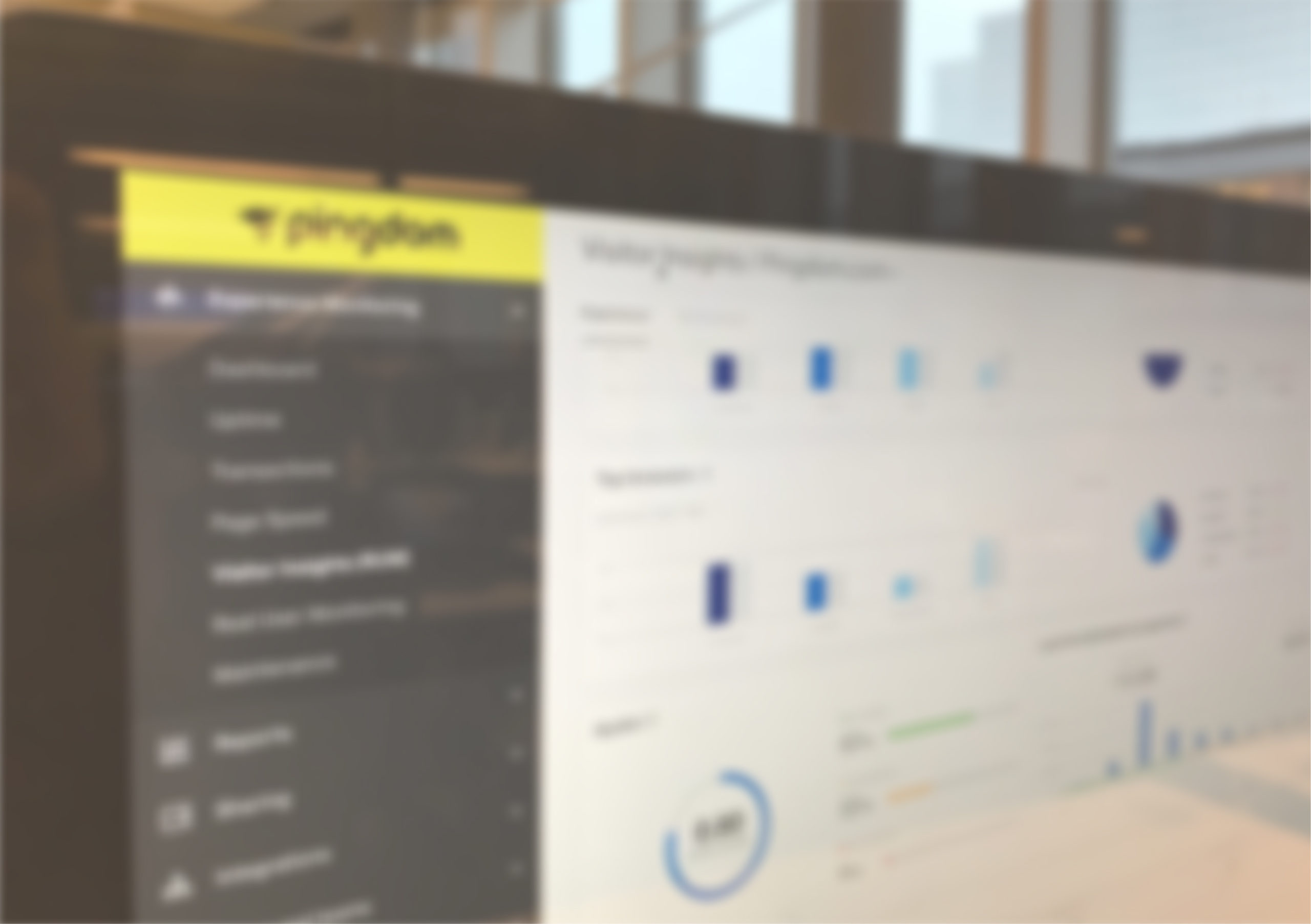It’s 2018 and as we hurtle headfirst into the new year, the Internet isn’t showing any signs of slowing down. Or actually, is it?
We rolled up our sleeves and in the vast amount of data we collect we discovered that last year alone, the average size of a website increased by over 900kB from 2016 and video content alone grew by over 300%.
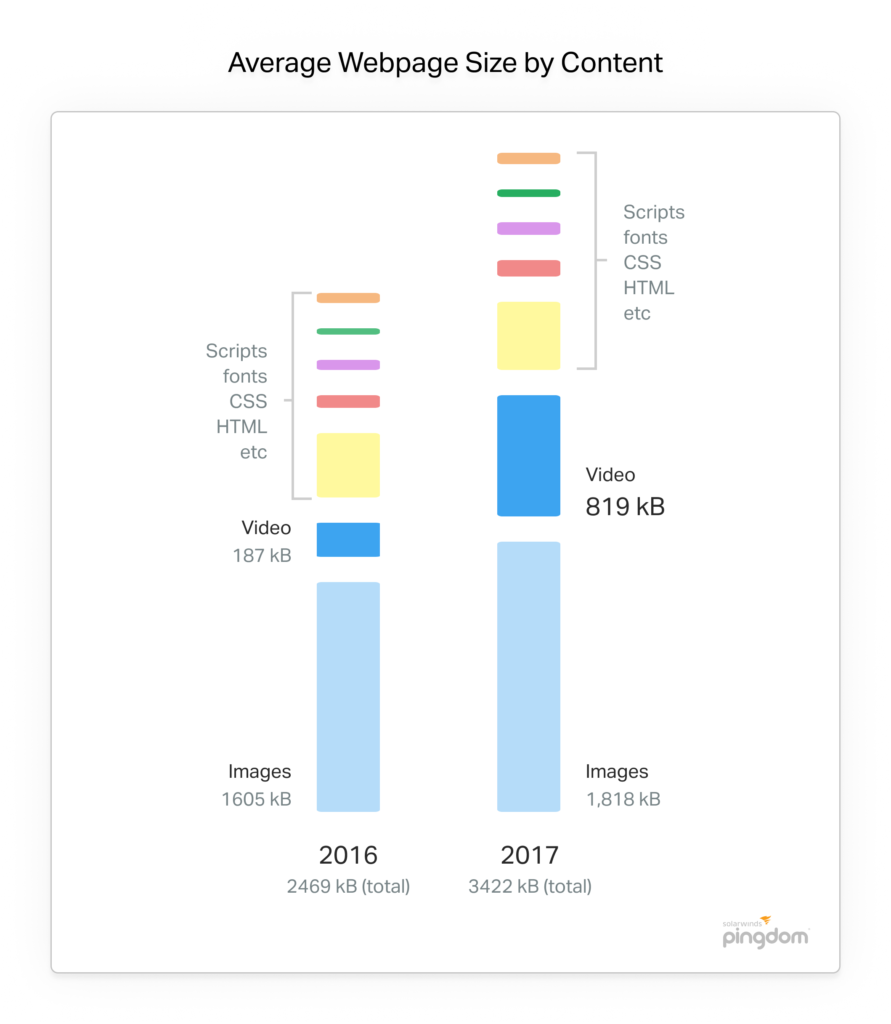
We could assume that with this phenomenal growth in page size comes an increase in page load time. In turn, do we see a negative impact on user engagement as they find themselves waiting even longer for all this content to load?
How Realistic Are Page Speed Benchmarks?
We’ve all heard that we should strive to keep our webpage load times under the benchmark of 2 seconds. It’s been the benchmark since 2015. According to Google’s John Mueller, it’s the limit that most of your visitors are willing to wait for your page to load. Go over this line at your peril.
From the millions of tests performed using our website speed tests, we found that the average load time for a webpage is 3.21 seconds.
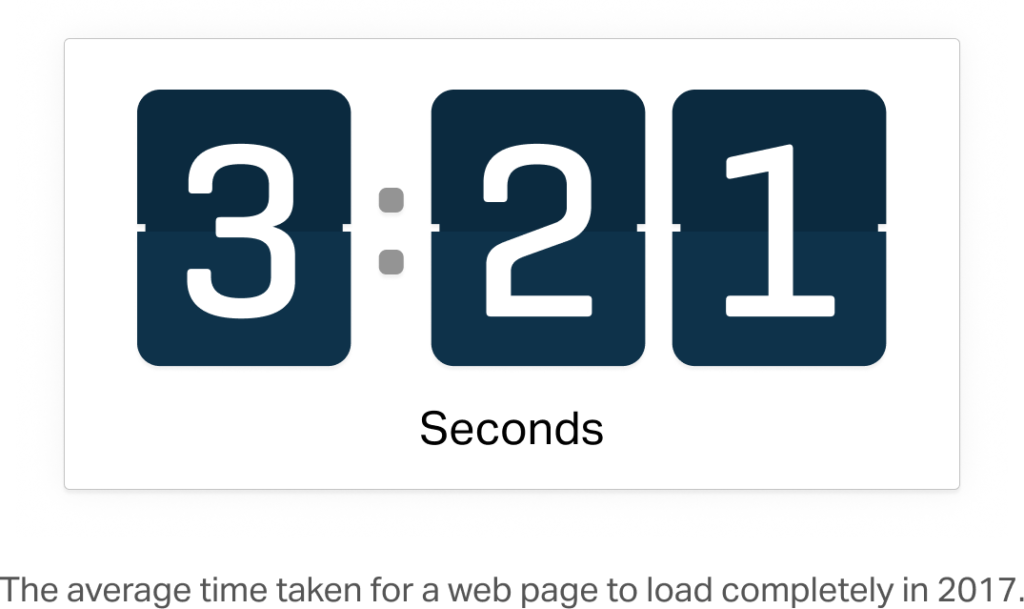
With the average page load time still over a second behind the benchmark, is 2 seconds still a realistic metric to measure our sites by? A second may not seem like a long time but in terms of page load, it can make a big difference.
We collated the data gathered from Visitor Insights for a sample segment of e-commerce websites and plotted out the relationship between the time it takes to fully load a web page and the respective bounce rate.
What we found was that, unsurprisingly, a page’s load time directly impacts bounce rate.
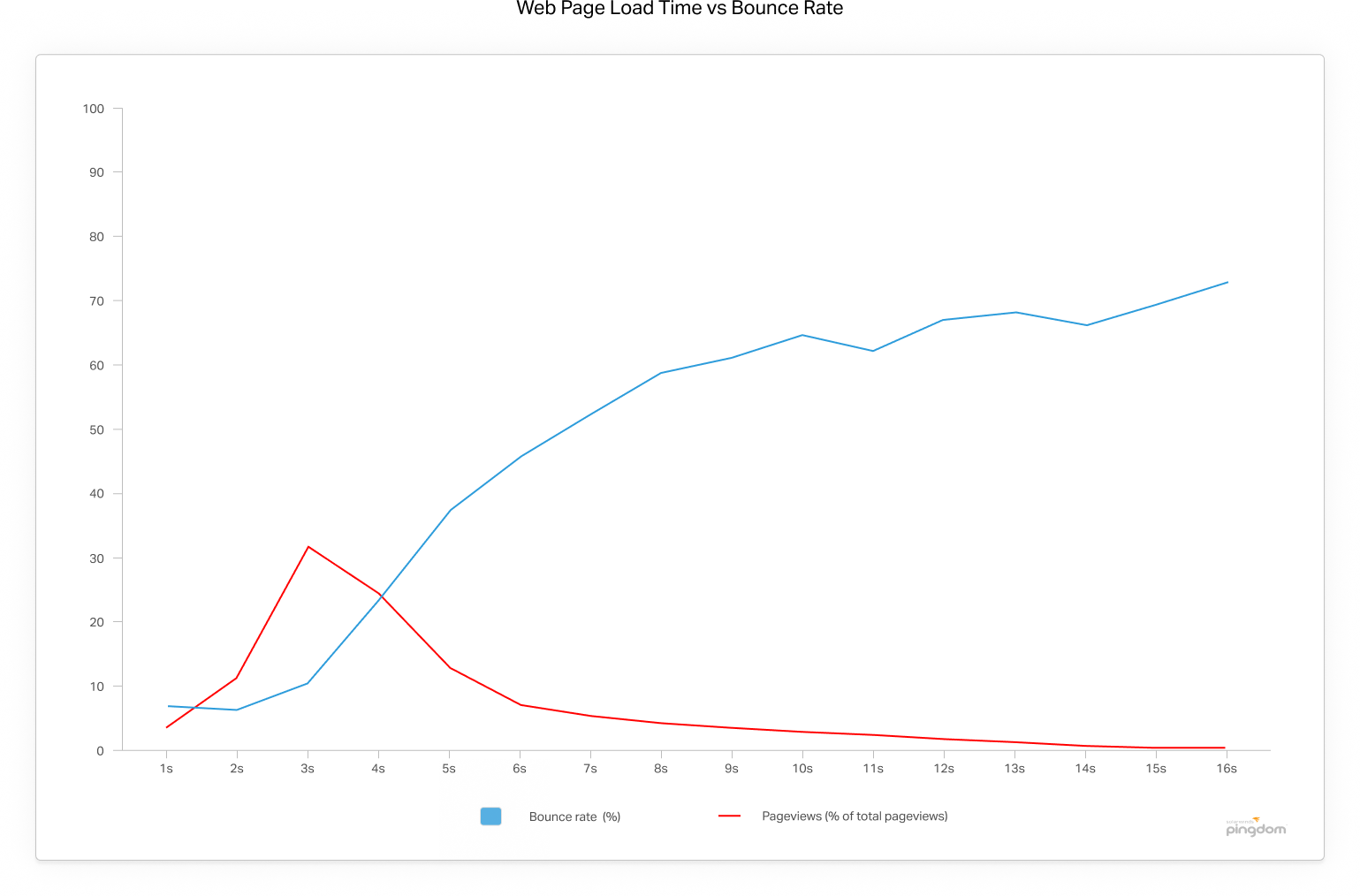
From the above graph, we can see that the average bounce rate for pages loading within 2 seconds is 9%. As soon as the page load time surpasses 3 seconds, the bounce rate soars, to 38% by the time it hits 5 seconds!
We’ve collated all the bounce rates for every second it takes to fully load a page below:
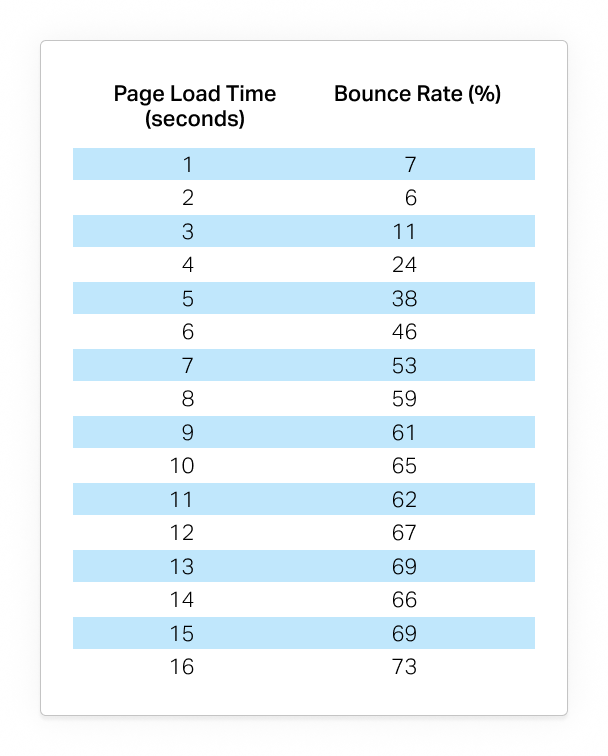
The bounce rate for our segment topped out at 73%. Interestingly, a small percentage of visitors never bounced – talk about loyalty!
It comes as little surprise that there would be a direct correlation between how long a web page takes to load and the number of visitors willing to wait for it to do so.
While the 2-second benchmark is a great goal to strive for in terms of delivering a streamlined web experience to your customers, it’s not a case of ‘one size fits all’. Not every page can load in under 2 seconds, and to having a longer load time does not directly mean your site will have a high bounce rate.
Putting Bounce Rate in Context
Before we go any further, let’s just clarify what bounce rate actually means. Bounce rate represents the percentage of visitors who enter your site and then leave, or ‘bounce’ rather than clicking through to any other pages on your site.
Many factors affect a page’s bounce rate. The majority of these can be categorized into either performance-related or content-related factors.
Simply, most reasons for why a visitor bounces from a page can be traced down to the poor page performance, or poor page content.
End-user experience monitoring like Visitor Insights helps you identify what is affecting your bounce rate by identifying which pages experiencing performance bottlenecks and what’s causing them.
By identifying how you can optimize your page’s performance, you can minimize load time and the chances that your bounce rate is performance related.
Put The Focus On Satisfied Visitors
That 2 second load time might be realistic for certain pages but the reality is that for many it is not. Visitor Insights shows you how many of your site visitors are satisfied and how many are frustrated with your page’s load time.

A 2 second load time might not be a feasible goal for your page, but to ensuring that 70% of your visitors are satisfied with your site experience might be.
Technical page performance is still vital to delivering a good visitor experience, as is making sure your content is relevant to your visitors. That’s why site optimization should be focused on delivering great content as quickly, even if quickly is over 2 seconds.
Our Visitor Insights end-user monitoring takes out the guesswork from understanding how your visitors experience your site, who your most important visitors are, what’s causing bottlenecks in your site’s performance and much more. Try it today with a 14-day free trial!





